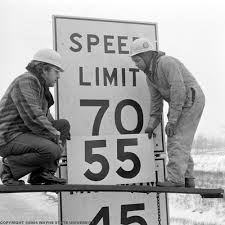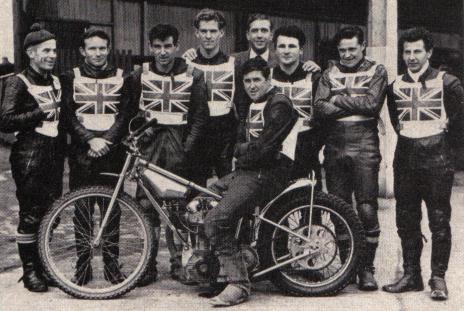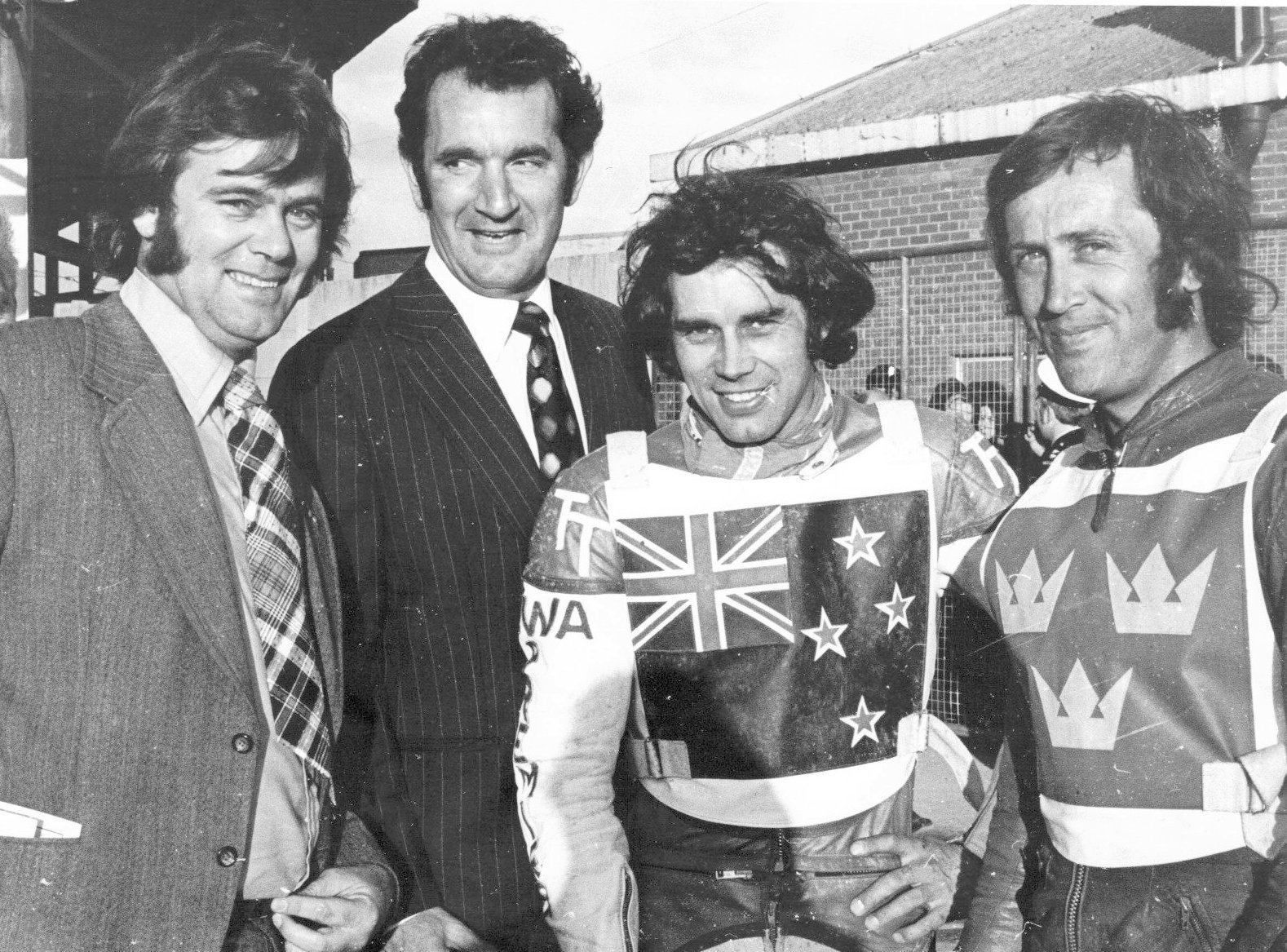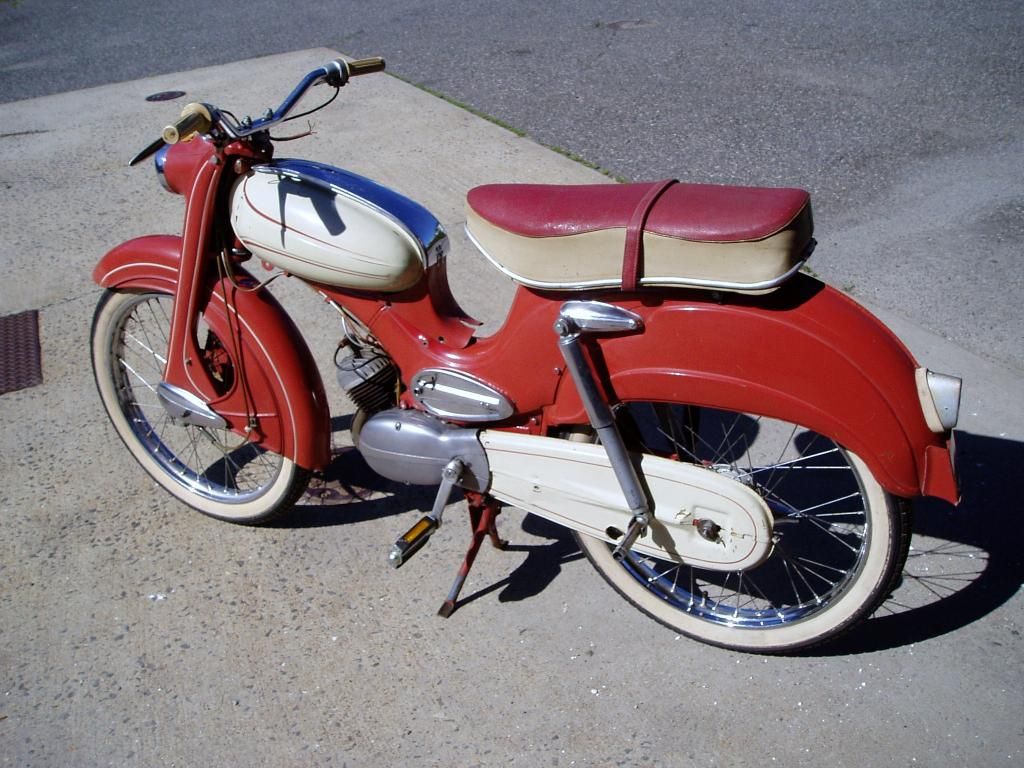






President Richard M. Nixon signs the Emergency Highway Energy Conservation Act, setting a new national maximum speed limit.
Prior to 1974, states set their own speed limits. The US and other industrialized nations enjoyed easy access to cheap Middle Eastern oil from 1950 to 1972, but the Arab-Israeli conflict changed that dramatically in 1973. Arab members of the Organization for Petroleum Exporting Countries (OPEC) protested the West's support of Israel in the Yom Kippur War by stopping oil shipments to the United States, Japan and Western Europe. OPEC also flexed its new-found economic muscle by quadrupling oil prices, placing a choke-hold on America's oil-hungry consumers and industries. The embargo had a global impact, sending the U.S. and European economies into recession. As part of his response to the embargo, President Nixon signed a federal law lowering all national highway speed limits to 55 mph. The act was intended to force Americans to drive at speeds deemed more fuel-efficient, thereby curbing the U.S. appetite for foreign oil. Unfortunately, it would curb America's appetite for big-blocks signaling the eventual demise of the SS Chevy's (396/454).
The act also prohibited the Department of Transportation (DOT) from approving or funding any projects within states that did not comply with the new speed limit. Most states put their tails between their legs and lowered their speed limits, though Western states, home to some of the country's longest and straightest, wick-twisting highways, only grudgingly complied.
And now because of Nixon, at every bike/muscle car event you go to we hear Sammy Hagar's "I Can't Drive 55".
"...Go on and write me up for 125/Post my face, wanted dead or alive
Take my license, all that jive/I can't drive 55..."
Today in motorcycle history is a proud supporter of the National Association for Bikers with a Disability (NABD). www.nabd.org.uk
Take my license, all that jive/I can't drive 55..."
Today in motorcycle history is a proud supporter of the National Association for Bikers with a Disability (NABD). www.nabd.org.uk


























